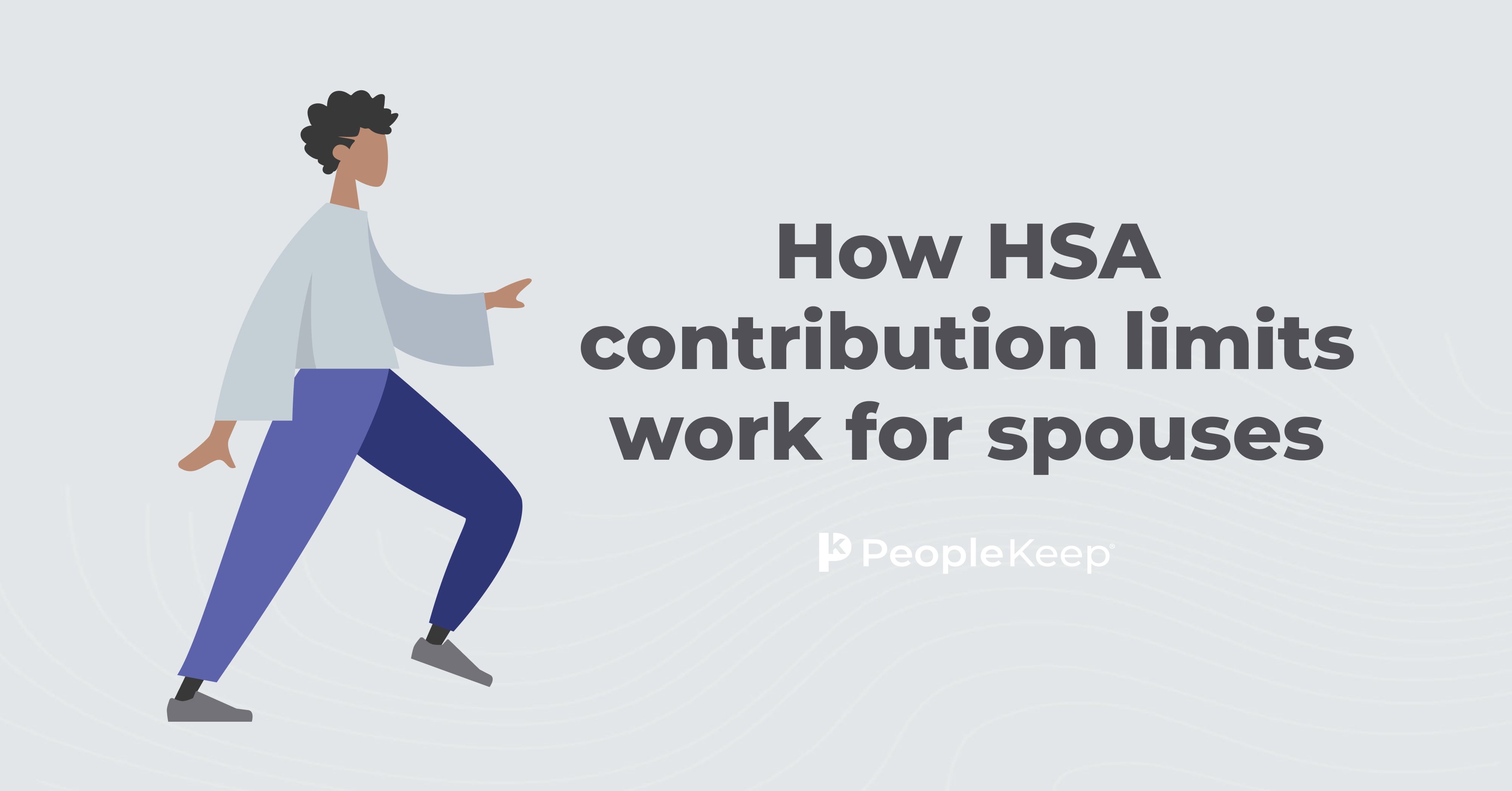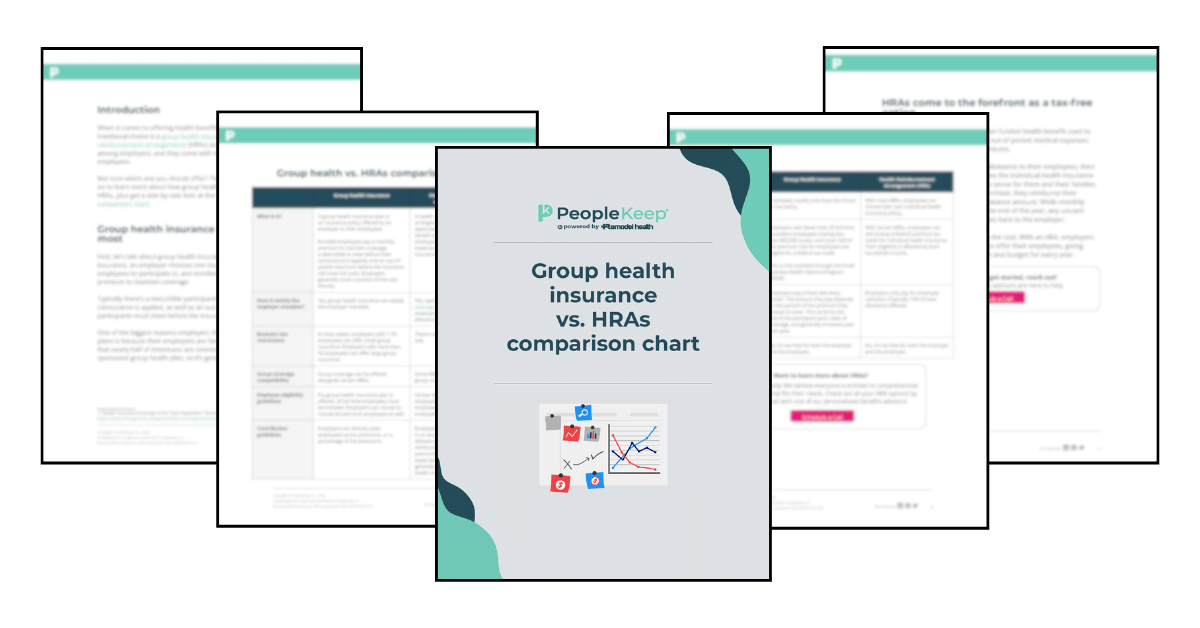
What to do if your group health plan doesn't qualify for an HSA
If your group health plan isn’t HSA-qualified, explore HSA alternatives that still offer tax advantages and help employees manage healthcare costs.

Increasing engagement in your health benefit
Boost your employee engagement in health benefits with these effective strategies. Learn how to create a healthier and happier workplace today!

How to make individual health insurance work for small employers
Wondering how small businesses can use individual health insurance? Discover strategies to offer flexible, affordable coverage to your employees.

How to reduce employee benefit costs amidst inflation
Looking for ways to reduce healthcare costs for employers during times of inflation? This article provides practical tips and strategies to help you save.

What is an association health plan (AHP)?
An association health plan (AHP) lets small businesses band together to offer coverage. Explore how AHPs work and who qualifies to join one.

Average HRA allowances by state
Discover average HRA allowance amounts by state to help employers budget and offer competitive health benefits tailored to different regions.

What is a special enrollment period?
Find out which life events qualify you for a special enrollment period, allowing you to shop for health insurance outside of the open enrollment period.

What to do if high claims are driving up your group health insurance costs
Facing rising group health costs due to high claims? Explore the risks of self-funded health plans and discover alternative strategies to save.

What are the most important benefits to employees?
Discover the top benefits that employers should offer to attract and retain talented employees. Find out what matters most to today's workforce.







